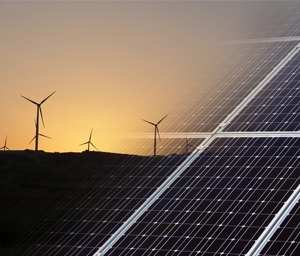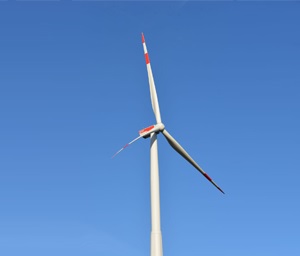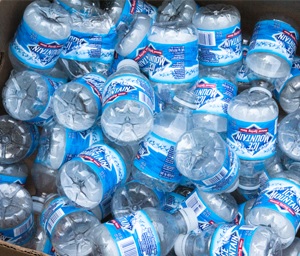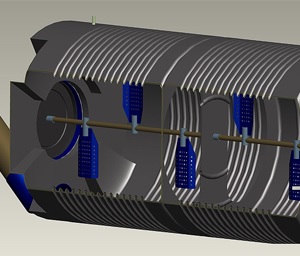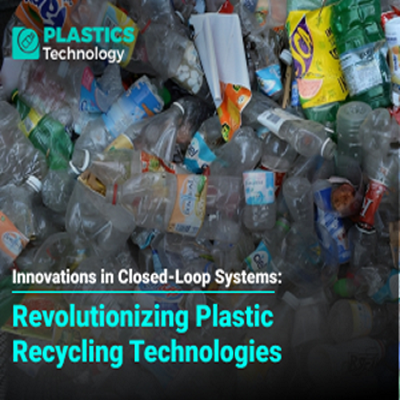Plastics and Energy: Role in Renewable Energy Technologies and Energy Efficiency

Introduction:
Plastics have become synonymous with modern life, serving a multitude of purposes across industries. However, their impact on the environment has raised significant concerns. Despite this, plastics also play a crucial and often overlooked role in advancing renewable energy technologies and promoting energy efficiency. This comprehensive exploration delves into the diverse applications of plastics in the energy sector, highlighting their contributions to sustainability and innovation.
1. Plastics in Solar Energy
Photovoltaic (PV) Panels: Plastics are integral to the construction and performance of PV panels. They serve as encapsulants, protective layers, and backsheets, safeguarding the delicate solar cells from environmental factors while maximizing light absorption.
Concentrated Solar Power (CSP): Reflective films and coatings made from plastics are used in CSP systems to redirect and concentrate sunlight onto receivers, increasing energy capture and overall efficiency.
Flexible and Lightweight Solar Solutions: Plastics enable the development of flexible and lightweight solar panels, expanding their applications to areas like portable chargers, building-integrated photovoltaics (BIPV), and off-grid installations.
2. Plastics in Wind Energy
Wind Turbine Blades: Composite materials incorporating plastics, such as fiberglass-reinforced polymers (FRP), are used in manufacturing wind turbine blades. These materials offer high strength, durability, and resistance to environmental degradation.
Turbine Components: Plastics contribute to various turbine components, including housings, nacelles, and bearings, providing lightweight, corrosion-resistant solutions that enhance overall turbine performance and longevity.
Maintenance and Repair: Protective coatings and materials made from plastics reduce maintenance requirements for wind turbines, optimizing their operational efficiency and reducing downtime.
3. Energy Storage Solutions
Battery Technology: Plastics play a vital role in battery casings and insulation for energy storage systems, ensuring safety, thermal stability, and longevity for lithium-ion and other battery chemistries.
Encapsulation and Sealing: Plastics are used to encapsulate and seal electronic components in energy storage devices, protecting them from moisture, dust, and mechanical stress.
Thermal Management: Insulating plastics contribute to efficient thermal management in batteries, optimizing charging and discharging processes while maintaining stable operating temperatures.
4. Energy-Efficient Building Materials
Insulation: Plastic foams and insulation materials enhance the energy efficiency of buildings by reducing heat transfer, minimizing energy consumption for heating and cooling.
Windows and Glazing: Energy-efficient plastic films and coatings for windows improve thermal insulation, daylighting, and UV protection, contributing to reduced energy usage in buildings.
Sustainable Construction: Recycled plastics and eco-friendly polymers are increasingly used in construction materials, promoting sustainability and energy conservation in the built environment.
5. Transportation and Fuel Efficiency
Vehicle Lightweighting: Plastics contribute to lightweighting efforts in transportation, including automobiles, aircraft, and public transit, reducing fuel consumption and emissions.
Aerodynamics and Design: Aerodynamic plastic components improve vehicle efficiency by reducing drag, optimizing airflow, and enhancing fuel economy in both conventional and electric vehicles.
Electric Vehicle Infrastructure: Plastics are essential in electric vehicle (EV) components such as battery enclosures, charging stations, and interior materials, supporting the transition to sustainable transportation solutions.
6. Smart Grid and Energy Management
Sensor Enclosures: Plastics house sensors and electronic components in smart grid infrastructure, enabling real-time monitoring, data collection, and energy optimization.
Communication Devices: Plastic enclosures for communication devices in energy management systems facilitate seamless data transmission, remote control, and energy-saving protocols.
Grid Resilience: Plastic-based materials enhance the resilience of energy infrastructure against environmental hazards and wear, ensuring reliable and sustainable power distribution.
7. Plastics in Advanced Energy Management Systems
Smart Meters and Sensors: Plastics are used extensively in the housing and components of smart meters and sensors deployed in energy management systems. These devices enable real-time monitoring of energy consumption, allowing for precise control and optimization of energy usage.
Data Transmission and Connectivity: Plastic-based cables, connectors, and enclosures facilitate seamless data transmission and connectivity within energy management networks. They support the integration of renewable energy sources, demand response programs, and grid balancing initiatives.
Energy Analytics Platforms: Plastic enclosures for energy analytics platforms and control systems ensure reliable operation in diverse environments, from industrial settings to residential complexes. These platforms analyze energy data to identify inefficiencies, predict demand patterns, and implement energy-saving strategies.
8. Plastics in Water and Energy Nexus
Water Treatment Technologies: Plastics play a vital role in water treatment processes, including membrane filtration systems and desalination plants. Membrane materials made from plastics, such as polyamide and polyethersulfone, enable efficient removal of contaminants, ensuring clean water supply while reducing energy consumption compared to traditional methods.
Hydropower Infrastructure: Plastics are used in the construction and maintenance of hydropower infrastructure, including turbines, penstocks, and dam components. Corrosion-resistant plastics and composites enhance the durability and performance of hydropower systems, contributing to reliable and sustainable energy generation.
Energy-Efficient Water Management: Plastic pipes, valves, and fittings are widely used in energy-efficient water distribution and management systems. These systems minimize water losses, optimize pump operations, and reduce energy requirements for water transportation and treatment.
9. Plastics in Energy Recovery and Waste-to-Energy
Waste Management Technologies: Plastics are utilized in waste sorting, recycling, and conversion technologies, supporting energy recovery and waste-to-energy initiatives. Plastic components in sorting equipment, shredders, and pyrolysis reactors enable efficient processing of diverse waste streams while recovering valuable resources.
Biogas and Biomass Systems: Plastic digesters and storage tanks are used in biogas production from organic waste, providing a renewable energy source for heating, electricity generation, and vehicle fuel. Plastic-based materials also support biomass energy systems, such as pellet production and biomass boilers, contributing to sustainable energy supply chains.
Circular Economy Solutions: Innovative plastic recycling technologies, such as chemical recycling and advanced sorting techniques, promote a circular economy for plastics in the energy sector. By closing the loop on plastic waste, these solutions reduce the environmental footprint of energy production and consumption.
10. Future Prospects and Challenges
Advanced Materials Development: Ongoing research and development efforts focus on creating advanced plastic materials with enhanced properties for energy applications. This includes bio-based plastics, nanocomposites, and functionalized polymers that offer improved performance, durability, and sustainability.
Integration of Digital Technologies: The integration of digital twins, artificial intelligence (AI), and Internet of Things (IoT) technologies with plastics in energy systems enables predictive maintenance, real-time optimization, and energy efficiency improvements. However, cybersecurity and data privacy concerns must be addressed to ensure the resilience and reliability of digitalized energy infrastructure.
Regulatory and Environmental Considerations: Regulatory frameworks and environmental standards play a crucial role in shaping the sustainable use of plastics in the energy sector. Circular economy policies, extended producer responsibility (EPR) schemes, and eco-design guidelines drive innovation and responsible practices in plastic usage and waste management.
Conclusion:
In conclusion, plastics continue to evolve as essential materials in the energy transition, driving innovation, efficiency gains, and sustainability across the water-energy-food nexus. However, addressing environmental challenges, promoting circularity, and fostering responsible stewardship of plastics are imperative for realizing their full potential in a carbon-neutral and resource-efficient energy future.

